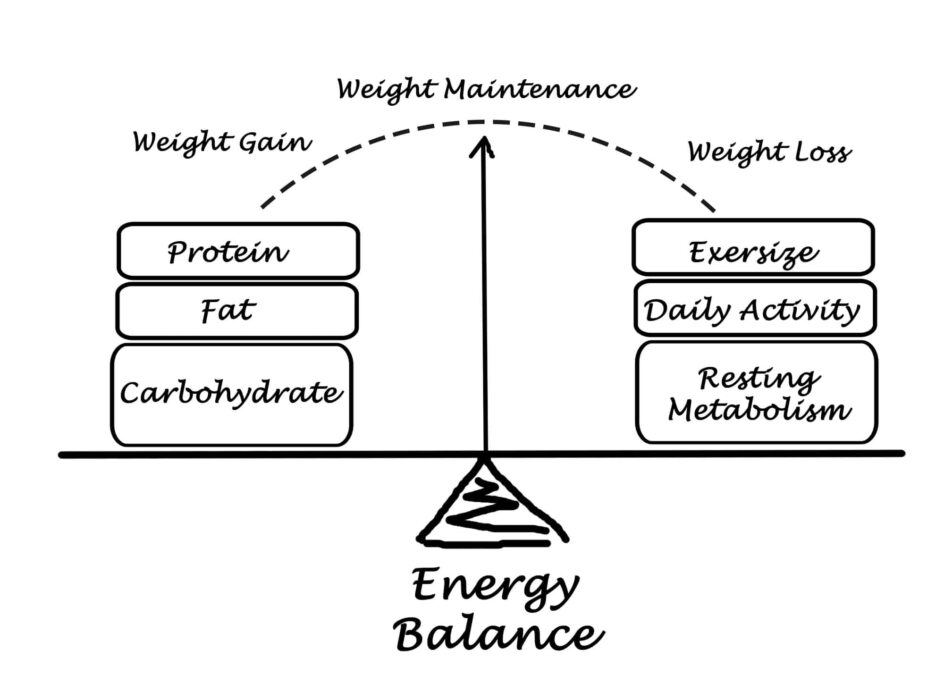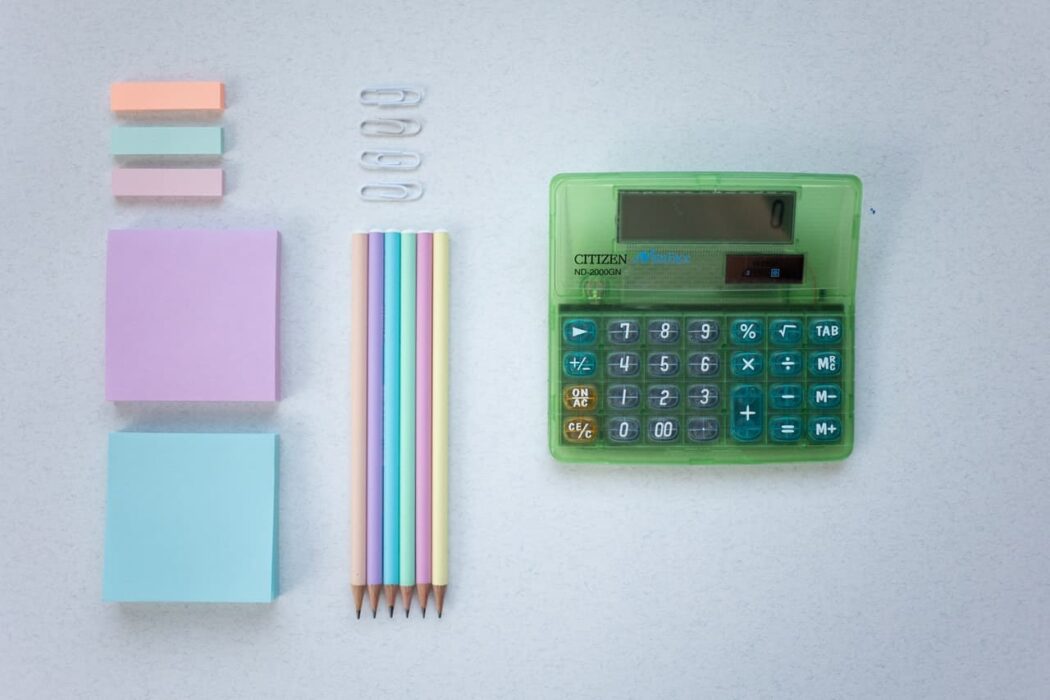One of the key concepts of weight loss is maintaining a calorie deficit. No matter how hard you train or how many cardio hours you do a week, unless you maintain a healthy diet proportionate to your calorie expenditure, you won’t see visual slimming of your body.
A Total Daily Energy Expenditure (TDEE) calculator is meant to estimate how much energy a day to spend overall. While it is easy to calculate how many calories you burn while training, such a calculator takes into account the hidden energy expenditure while resting and daily activities as well. Thus, you get a concrete limit of calories that you have to stick to for effective weight loss. Be sure to eat approximately 500 calories less for safe weight loss.
Equipped by the mathematically calculated formula for acquiring a slimmer form, you can reach impressive results in a short period of time. Remember that physical activity is just as important as the calorie deficit.
How Is TDEE Calculated?

The regular online TDEE calculator you find on the Internet shows approximate expenditure results as it cannot calculate your calorie burn during training 100% accurately. As you know, different activities burn different numbers of calories.
The most effective workouts based on the “calories per minute” estimations are HIIT training, bicycling, jump ropes, and Crossfit.
However, it will show the approximate caloric maintenance level. Meaning that you have to consider a certain number of calories to maintain your current weight and body composition.
Mifflin-St Jeor
There are actually several formulas used to calculate TDEE. Among the most popular foundations of online TDEE calculators is the Mifflin-St Jeor equation. It is used to measure the Basal Metabolic Rate in the most accurate way. The formula is the following:
Men
10 x weight (kg) + 6.25 x height (cm) – 5 x age (y) + 5
Women
10 x weight (kg) + 6.25 x height (cm) – 5 x age (y) – 161
Later, it multiplies your metabolic rate by the activity factor in a numerical number that ranges from 1.2 to 1.9 based on your activity level. The lowest is used for a sedentary lifestyle, the highest – an extra active (physically active job plus rigorous training.)
5 Exercises That Burn the Most Calories in 30 Minutes
Four Variables
Some calculators are more extensive and thorough in their estimations. They use four main components of Total Daily Energy Expenditure: BMR + TEF + EEE + NEAT. By calculating each of them, you can determine your TDEE without an online calculator.
BMR – basal metabolic rate. You can take the Mifflin-St Jeor formula as the most accurate.
TEF – thermic effect of feeding. It shows how much energy you use to digest the food. To calculate this factor, you need to multiply BMR by 0,1.
EEE – exercise energy expenditure. This variable accounts for all the energy you burn while training. This is a personal formula that depends on activity and duration. On average, it ranges from 250 to 500. Find the standards for your type of activity and weight to find how many calories you burn a minute and, finally, during the whole workout.
NEAT – non-exercise activity thermogenesis. This factor calculates all the other activities outside of training, such as working a desk job or manual labor at a construction site, plus leisure activities. Unfortunately, there is no accurate formula for this variable. The rule of thumb is 250 for a sedentary clerk job with passive free time and 500 for active work and leisure.
Add up the four variables to see the required calorie maintenance level.
How to Calculate How Many Calories You Need a Day?

There is no universal number of calories every person has to eat a day. The general recommendation is 2000 calories for women and 2,500 calories for men. But that is only an approximate number that shouldn’t be used in every case.
We all have different bodies and lifestyles. What is enough for one person to maintain weight and be healthy, may not be enough for someone else.
And here is where the TDEE calculator comes into play. This is probably one of the closest calculations that can be used to determine your required calorie intake. As you take into account various factors of energy expenditure, we get the whole picture, not just the calories you burn during activities.
Thus, to determine the number of calories, simply use the calculator. It’ll tell you how many calories you can eat a day to maintain balance. This is the foundation for your diet plan. Be sure to stick to healthier products instead of eating junk food. They will sate your hunger for longer, and you can eat a lot while keeping to the estimated number of calories.
Now, if you need to either lose or gain weight, you’ll have to reconsider your calorie intake. The following recommendation will help you with both.
How Many Calories Should You Eat to Lose Weight?

As I’ve mentioned before, the general recommendation is to subtract 500 calories from your TDEE. This approach will help you to lose a pound a week. Harvard Health Publishing recommends this number. Note that the experts do not recommend going below 1200 calories for women and 1500 for men. Instead, increase your workout time. The institution recommends at least 30 minutes of activities a day.
9 Tips on How to Get a Smaller Waist Naturally
To feel full and satisfied with the lower calorie intake, replace processed sugar-rich meals with whole grains, lots of fiber, protein, and complex carbs. The following products would be beneficial for your improved healthy diet:
- quinoa
- beans and peas
- whole-wheat products
- barley
- fruits
- vegetables
- nuts and seeds
If you find it hard to keep to the calculated number of calories and feel hungry even when eating healthy food, increase your training intensity to boost the TDEE number and, thus, the number of calories you can consume a day.
If you lead a sedentary lifestyle or even beginner to moderate training, it’ll be easy to boost the number of calories you burn in a day. However, be sure to give your body time to rest and restore (build) muscles properly. Do not punish it with rigorous everyday training; it’ll deplete its resources. Remember that muscles require more maintenance energy than fat! And so, you’ll burn more calories while resting if you give your body time to grow.
How Many Calories Should I Eat a Day to Gain Weight and Muscle?
You may think that the hardest thing to do is to lose weight. All those restrictions, not enough food, and regular workouts are killing you mentally, right? But what if I told you that controlled gain is just as hard?
If you want a toned body with beautiful shapes, simply munching all day long with no regard to what you eat is not the right way to go. You want your gain in muscles, right? Not to ruin your digestion and health.
For weight gain, the recommendations are approximately the same. Increase your calorie intake by approximately 250-500 calories a day to see the growth of around a pound per week.
You may be tempted to think that instead of eating more calories, you can be lazy around burning 500 calories less. That is not an option either. Keep your body away from drastic changes that are stressful to it, mainly when you are used to a certain amount of training. You’ll have to do the “hard” task and eat more while keeping your workouts regular.
A proper diet is essential for weight gain as well. To get the increase in muscle mass instead of fat, eat more proteins. If you are on the way to building muscle, be sure to consume 1 gram of protein per pound in a day. To come up to the norm easier, here is a list of foods high in protein
- meats – beef, lamb, veal
- fish and seafood
- poultry – chicken, turkey, duck, goose
- eggs and dairy products
- nuts and seeds
- legumes and beans
If you find it hard to consume enough protein naturally, you can always use supplements such as protein shakes and bars.
How to Increase My TDEE?

If you are not ready to cut down your calorie intake, another way is to increase your TDEE calories number. Thus, you can enjoy more food and lose weight. Note that healthy foods are still preferable for effective weight loss.
1000-Calorie Diet: Weight Loss Tool or Health Hazard?
Here are a few recommendations on how to increase your daily energy expenditure:
- Be more active! Simply move around more – from work and to work. Take a walk in a park with friends instead of watching a movie. Walk your dog more and participate in active training and games. Take up a physically challenging hobby.
- Increase your BMR. The more muscles you have, the more energy you expend while resting. Incorporate weight training to build muscle or simply enjoy regular and consistent calisthenics. Here’s my previous article on the benefits of Calisthenics vs Weight Lifting to choose your training regime.
- Include foods that require more energy to digest and are low in calories. Thus, protein takes the most energy to digest (around 20%-30% for digestion), then carbs (5%-10%), and fats (0-3%). Here is a research review by Helen Kollias, Ph.D., that dwells more on the matter.
All in all, by measuring your Daily Expenditure, you get a mathematically generated reference point for your weight loss journey. Be sure to recalculate the variables as time goes on to update the baseline according to your objective.